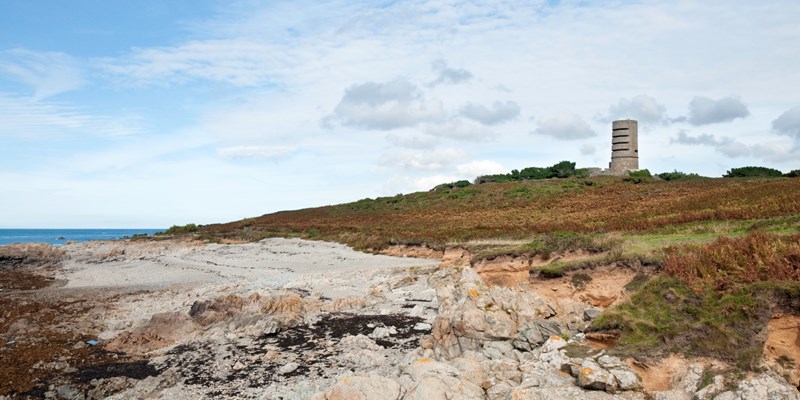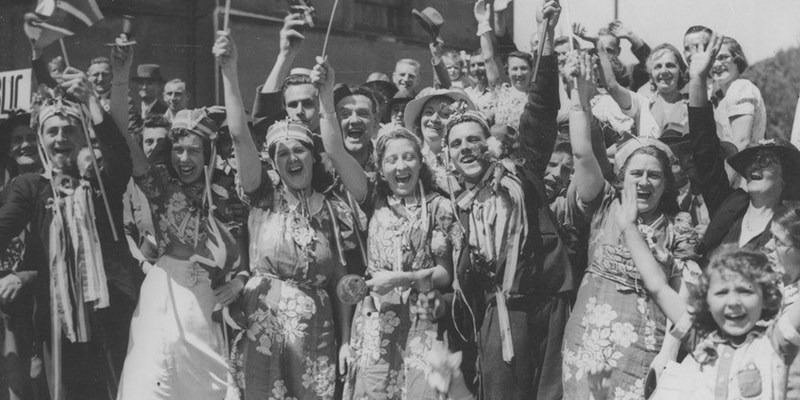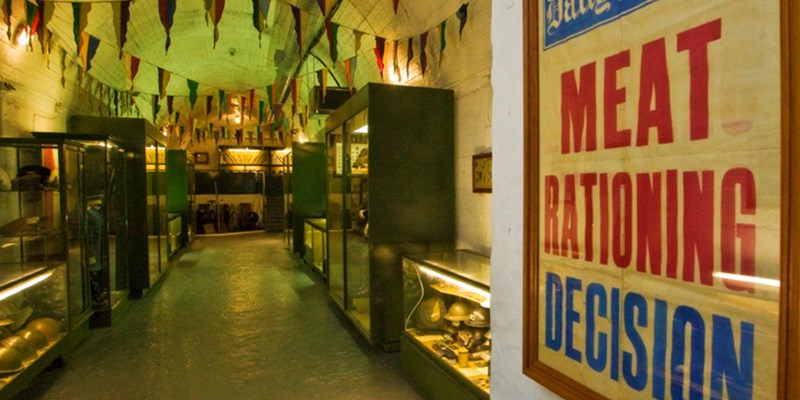One of the most significant and fascinating periods of Guernsey’s history was when German forces occupied the island during the Second World War.
The Channel Islands were the only part of the British Isles under German control during the conflict, and there remains plenty of evidence of their stay; coastlines are dotted with well-preserved fortifications built by German soldiers, and museums recreate those dark days with gripping exhibits.
The occupation began on the 30th of June, 1940, when the British Government decided to demilitarise the Channel Islands, effectively leaving them undefended. Although Winston Churchill was reluctant to lose control of the Crown’s oldest possession, the islands offered no strategic benefit to Britain. As a result, a quarter of the island’s population, including thousands of school children, were evacuated to the UK.
Unaware of Guernsey’s demilitarised status, the Germans bombed St Peter Port harbour on the 28th of June, killing 33 and injuring 67 more - they had mistaken a group of tomato lorries for a convoy of troop carriers. Two days later, German troops began to arrive at the island’s airport until there were about as many soldiers as there were civilians, and their flag was raised.
The soldiers built and reinforced fortifications, loading them with an array of light and heavy guns, some of which have since been restored and are accessible for public viewing. For almost five years, the island was in a chokehold. Food was extremely short, and extreme rationing was in place. In fact, many islanders and troops were just days from starvation when the Red Cross ship SS Vega delivered lifesaving supplies to Guernsey.
Finally, on the 9th of May 1945, the Germans departed the island at the end of the war, and evacuees and soldiers were reunited with their families at home in Guernsey. Each year, residents celebrate Liberation Day, commemorating the occasion with parades, parties, fireworks and more.
Those interested in history and the occupation are in luck; the island’s heritage, including those five tempestuous years, is depicted in stunning detail through a whole host of museums.
The German Military Underground Hospital is the largest construction in the Channel Islands, built by slave workers during the occupation. Also used to store ammunition, it was built underground to remain undetected by planes. You can explore the tunnels and experience the eerie atmosphere for yourself.
Near Guernsey Airport lies the German Occupation Museum, which provides great insight into everyday life during the occupation, complete with a recreation of an occupation-era street. It is also home to a number of Second World War vehicles and fortifications.
La Villette Underground Military Museum is found at the southern end of St Peter Port, set in a series of tunnels used for U-Boat fuel storage during the occupation. As well as memorabilia and exhibits from the occupation era, the museum also houses fascinating items from the First World War.
Furthermore, as mentioned previously, almost every headland on Guernsey’s west coast is overlooked by an imposing fortification either built or improved by the occupying forces. Many are preserved by local volunteer group Festung Guernsey, and are available to explore for yourself.
So, if you’re interested in learning more about Guernsey during the occupation, and want to experience these fantastic fortifications and museums, begin booking your trip to Guernsey today!









